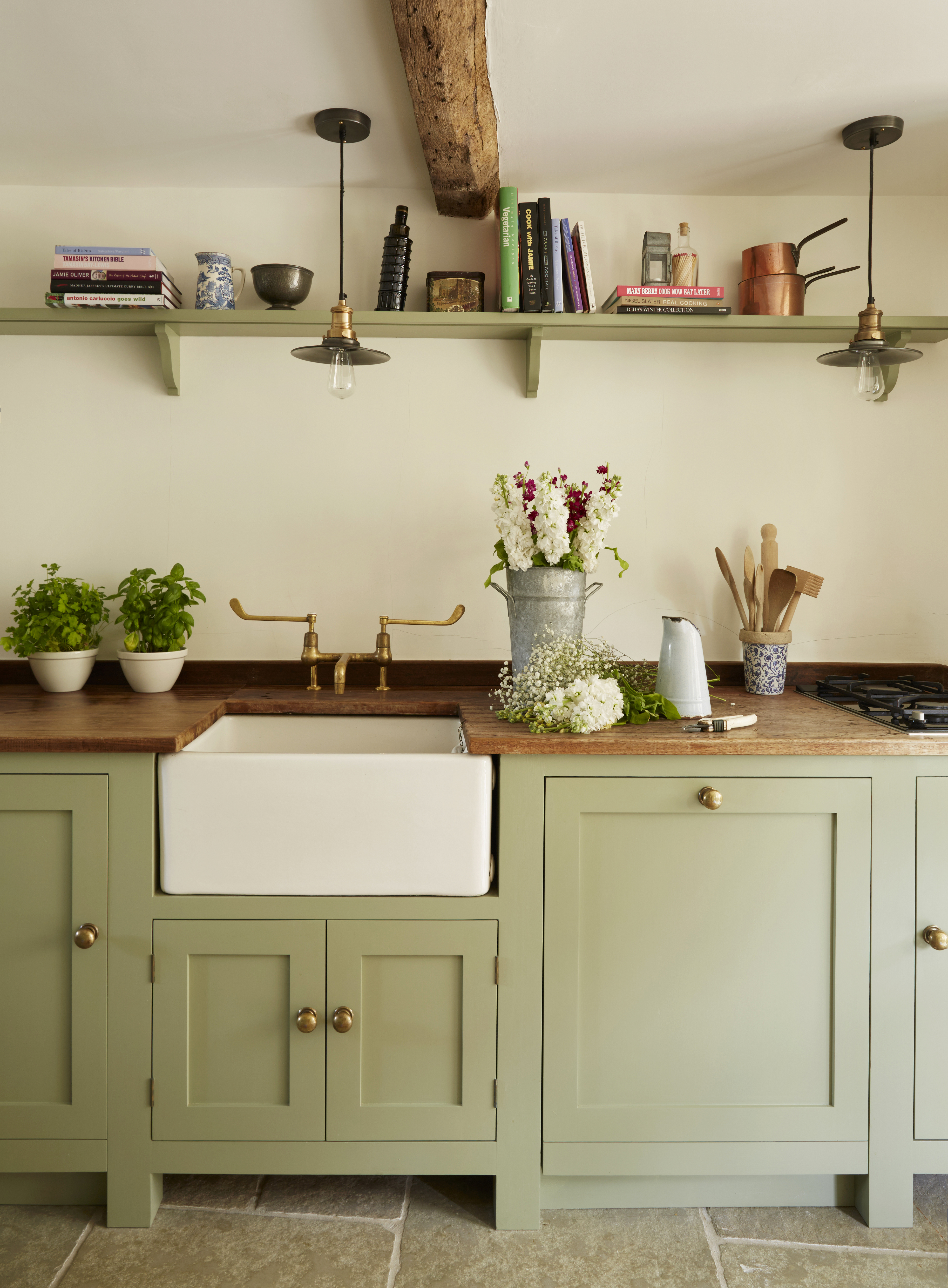How to clean brass
Need to know how to clean brass? If you're a fan of authentic fixtures and fittings, it's likely this will be a cleaning job you need to add to your list. Find out how here


You'll need to know how to clean brass if your home has brass door knobs or if you're a fan of antiques, such candlesticks. You might even own brass jewellery, brass cookware or brass musical instruments that need regular cleaning and buffing.
There are of course chemical brass cleaners – we'll recommend the best – but we really like these natural solutions, too. Follow this guide to find out how to clean brass, then check out all our cleaning tips, hacks and advice on our dedicated hub page.
1. Before you clean brass
If you suspect you are cleaning a valuable antique – car boot sale find or not – it might be worth checking first whether cleaning it will damage its value. A reputable antiques' dealer should be able to tell you.
2. Are you cleaning real brass?
Before we start, you need to check that what you're cleaning is real brass. If a magnet sticks to it, it isn't, but is brass-effect or brass-plated instead. If it is brass-plated, the safest thing to do is to only clean it with a soft cloth and a mixture of water and mild detergent; anything else might damage the brass plating.
If your brass rarely looks tarnished, it's likely that it's lacquered. In this case, you're lucky: that soapy water and soft cloth is all you need. However non-lacquered brass will tarnish easily and need regular cleaning with the methods below.
3. What is the best brass cleaner?
After much testing, we think the best brass cleaner is Brasso. You can buy it as Brasso metal polish liquid, but we prefer the metal polish wadding, which is a tidier way to clean brass.
4. How to clean brass with soapy water
Soapy water won't remove tarnish, but if you simply want to clean your item, rather than make it shine like new, simply put it into warm, soapy water and wash it with a soft cloth. You can use a small soft brush (a toothbrush will do) to get into nooks and crannies.
5. How to clean brass with vinegar
You can make a quick brass-cleaning paste with vinegar, salt and plain flour. Amounts can be adjusted to suit how much brass you have to clean. Simply dissolve a teaspoon of household salt into half a cup of vinegar, and add the flour until the mixture is a paste. Rub into your brass, leave for 10 minutes, then rinse with warm water and buff dry.
Find more ways to clean your home with vinegar with our guide.
6. How to clean brass with lemon juice
You can use fresh lemon juice but it's much easier to keep a bottle of lemon juice to hand in the fridge, squirt it on to a soft cloth and rub over tarnished brass to make it shine. You can add salt to your lemon juice to make the cleaning more effective, too. If the brass feels sticky afterwards, a quick rinse with warm water and a buff dry will be a wise move. Find more ways to clean your home with lemon in our guide.
7. How to clean brass with ketchup
You've probably got a bottle of this in the fridge. Simply squirt some on to kitchen roll or a soft rag and rub it on to the brass. Leave it for a few minutes, then wipe it off, wipe over with a clean damp cloth and buff dry. Job done.
More cleaning tips and hacks:
Get small space home decor ideas, celeb inspiration, DIY tips and more, straight to your inbox!

Lucy is Global Editor-in-Chief of Homes & Gardens having worked on numerous interiors and property titles. She was founding Editor of Channel 4’s 4Homes magazine, was Associate Editor at Ideal Home, before becoming Editor-in-Chief of Realhomes.com in 2018 then moving to Homes & Gardens in 2021. She has also written for Huffington Post, AOL, UKTV, MSN, House Beautiful, Good Homes, and many women’s titles. Find her writing about everything from buying and selling property, self build, DIY, design and consumer issues to gardening.